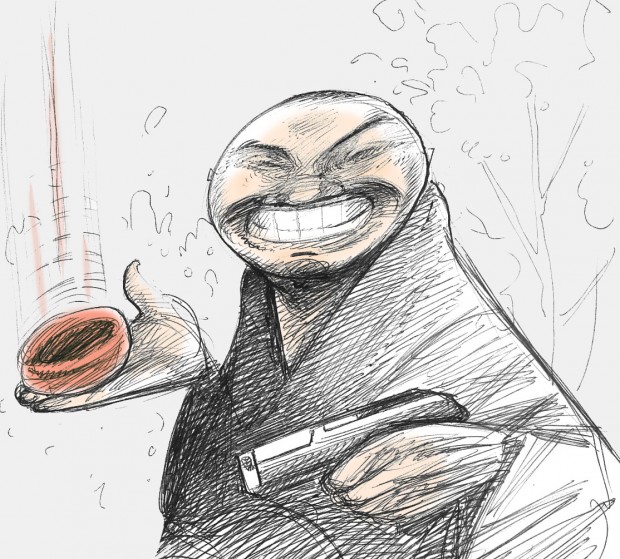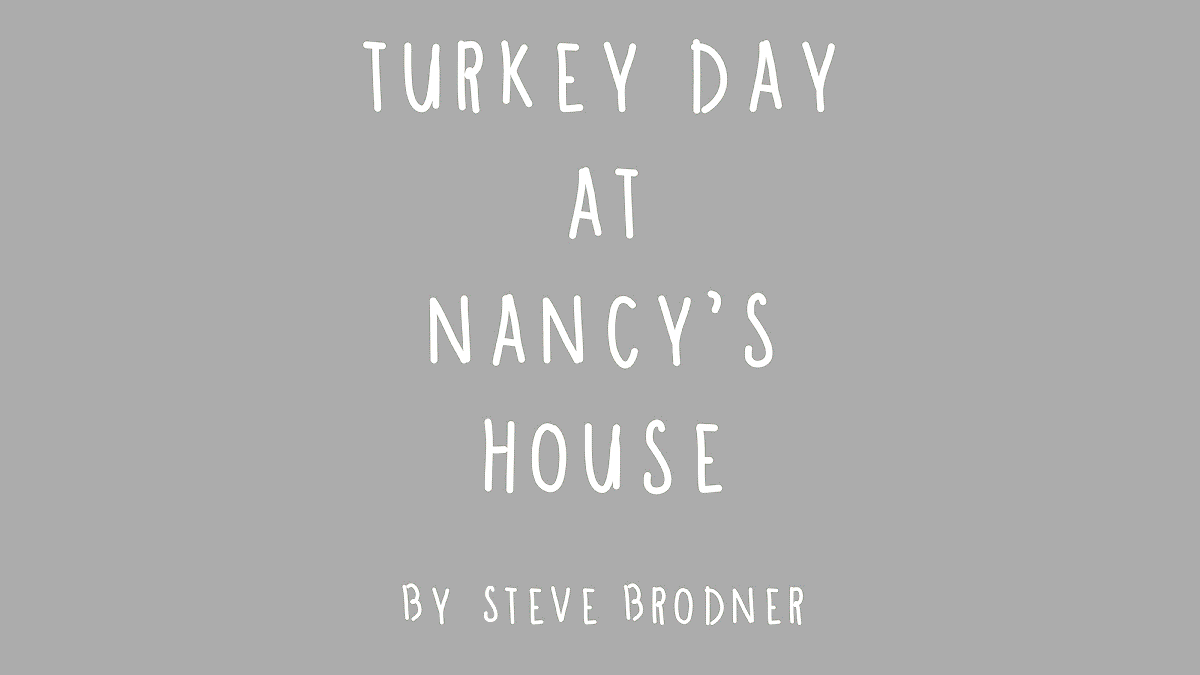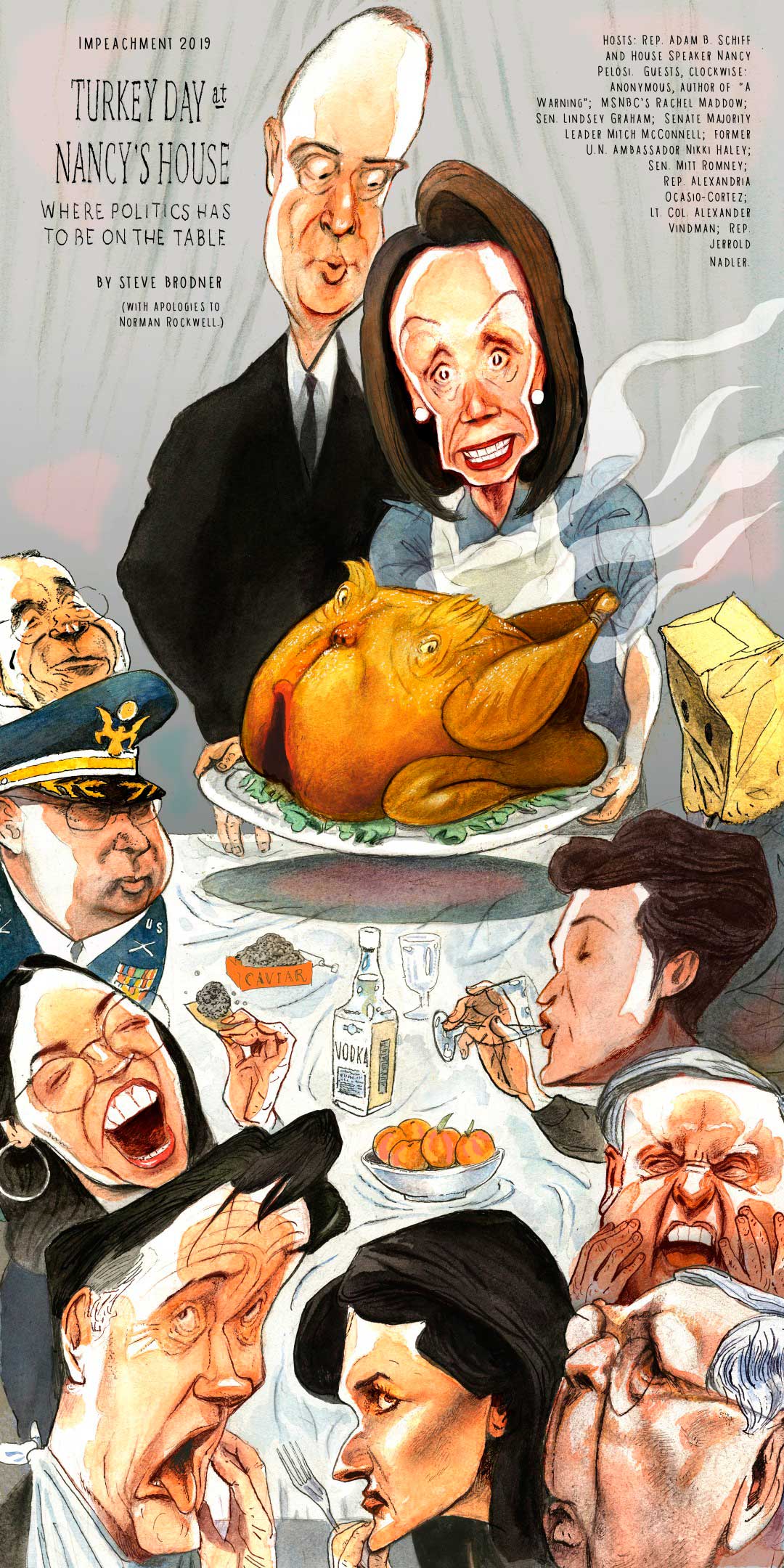Florida Police have revealed that George Zimmerman has come clean at last about the Treyvon Martin killing. The gated community they were in was a Florida branch of the Hunger Games, where people of various ethnic backgrounds are led to run around the cul-de-sacs trying to kill each other. Zimmerman, though severely wounded by Martin, received a can of magic boo-boo cream from the sky just before the police arrived. This easily explains his lack of any wounds received from his desperate death struggle. Open and shut.
Here’s a powerful Times piece today on the idea of gated communities. Fear, wrapped in paranoia, wrapped in paranormal:
OP-ED CONTRIBUTOR
The Gated Community Mentality
By RICH BENJAMIN
Published: March 29, 2012
AS a black man who has been mugged at gunpoint by a black teenager late at night, I am not naïve: I know firsthand the awkward conundrums surrounding race, fear and crime. Trayvon Martin’s killing at the hands of George Zimmerman baffles this nation. While the youth’s supporters declare in solidarity “We are all Trayvon,” the question is raised, to what extent is the United States also all George Zimmerman?
Enlarge This Image
Tim Lane
Related
Times Topic: Trayvon Martin
Related in Opinion
Editorial: The Fatal Flaw in Florida-Style Gun Laws (March 30, 2012)
Room for Debate: Killing, With the Law on Your Side (March 21, 2012)
Under assault, I didn’t dream of harming my teenage assailant, let alone taking his life.
Mr. Zimmerman reacted very differently, taking out his handgun and shooting the youth in cold blood.
What gives?
Welcome to gate-minded America.
From 2007 to 2009, I traveled 27,000 miles, living in predominantly white gated communities across this country to research a book. I threw myself into these communities with gusto — no Howard Johnson or Motel 6 for me. I borrowed or rented residents’ homes. From the red-rock canyons of southern Utah to the Waffle-House-pocked exurbs of north Georgia, I lived in gated communities as a black man, with a youthful style and face, to interview and observe residents.
The perverse, pervasive real-estate speak I heard in these communities champions a bunker mentality. Residents often expressed a fear of crime that was exaggerated beyond the actual criminal threat, as documented by their police department’s statistics. Since you can say “gated community” only so many times, developers hatched an array of Orwellian euphemisms to appease residents’ anxieties: “master-planned community,” “landscaped resort community,” “secluded intimate neighborhood.”
No matter the label, the product is the same: self-contained, conservative and overzealous in its demands for “safety.” Gated communities churn a vicious cycle by attracting like-minded residents who seek shelter from outsiders and whose physical seclusion then worsens paranoid groupthink against outsiders. These bunker communities remind me of those Matryoshka wooden dolls. A similar-object-within-a-si
Residents’ palpable satisfaction with their communities’ virtue and their evident readiness to trumpet alarm at any given “threat” create a peculiar atmosphere — an unholy alliance of smugness and insecurity. In this us-versus-them mental landscape, them refers to new immigrants, blacks, young people, renters, non-property-owners and people perceived to be poor.
Mr. Zimmerman’s gated community, a 260-unit housing complex, sits in a racially mixed suburb of Orlando, Fla. Mr. Martin’s “suspicious” profile amounted to more than his black skin. He was profiled as young, loitering, non-property-owning and poor. Based on their actions, police officers clearly assumed Mr. Zimmerman was the private property owner and Mr. Martin the dangerous interloper. After all, why did the police treat Mr. Martin like a criminal, instead of Mr. Zimmerman, his assailant? Why was the black corpse tested for drugs and alcohol, but the living perpetrator wasn’t?
Across the United States, more than 10 million housing units are in gated communities, where access is “secured with walls or fences,” according to 2009 Census Bureau data. Roughly 10 percent of the occupied homes in this country are in gated communities, though that figure is misleadingly low because it doesn’t include temporarily vacant homes or second homes. Between 2001 and 2009, the United States saw a 53 percent growth in occupied housing units nestled in gated communities.
Another related trend contributed to this shooting: our increasingly privatized criminal justice system. The United States is becoming even more enamored with private ownership and decision making around policing, prisons and probation. Private companies champion private “security” services, alongside the private building and managing of prisons.
“Stand Your Ground” or “Shoot First” laws like Florida’s expand the so-called castle doctrine, which permits the use of deadly force for self-defense in one’s home, as long as the homeowner can prove deadly force was reasonable. Thirty-two states now permit expanded rights to self-defense.
In essence, laws nationwide sanction reckless vigilantism in the form of self-defense claims. A bunker mentality is codified by law.
Those reducing this tragedy to racism miss a more accurate and painful picture. Why is a child dead? The rise of “secure,” gated communities, private cops, private roads, private parks, private schools, private playgrounds — private, private, private —exacerbates biased treatment against the young, the colored and the presumably poor.
Rich Benjamin is the author of “Searching for Whitopia: An Improbable Journey to the Heart of White America” and a senior fellow at Demos, a nonpartisan research center.




